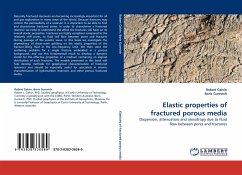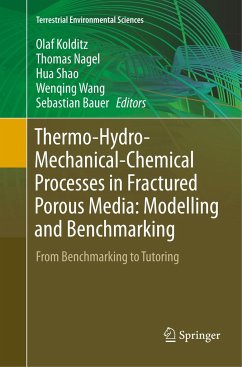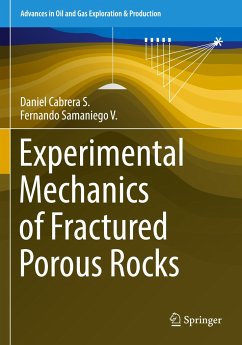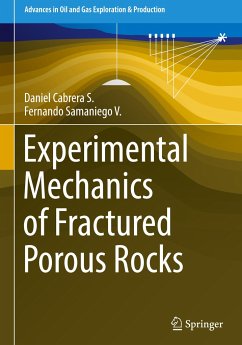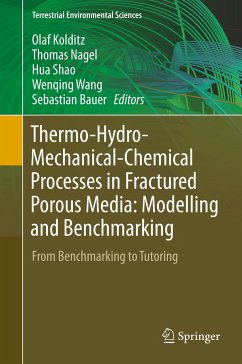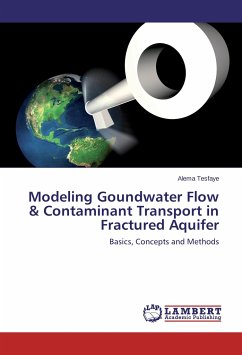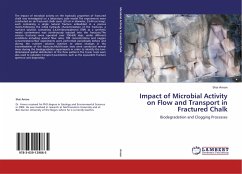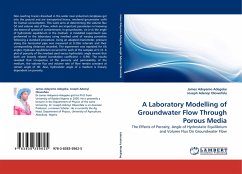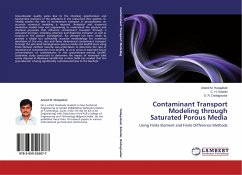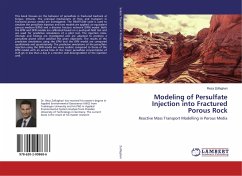
Modeling of Persulfate Injection into Fractured Porous Rock
Reactive Mass Transport Modelling in Porous Media
Versandkostenfrei!
Versandfertig in 6-10 Tagen
33,99 €
inkl. MwSt.

PAYBACK Punkte
17 °P sammeln!
This book focuses on the behavior of persulfate in fractured bedrock at Fergus, Ontario. The principal mechanisms of flow and transport in fractured porous media are investigated. The HEATFLOW code is used to simulate the persulfate injection and two models are applied; an equivalent porous medium (EPM) and a discrete fracture network (DFN) model. Both the EPM and DFN models are calibrated based on a push-pull field test and are used for predictive simulations of a pilot test. The injection rates, intervals and timings are investigated and are adjusted to produce a persulfate plume which satis...
This book focuses on the behavior of persulfate in fractured bedrock at Fergus, Ontario. The principal mechanisms of flow and transport in fractured porous media are investigated. The HEATFLOW code is used to simulate the persulfate injection and two models are applied; an equivalent porous medium (EPM) and a discrete fracture network (DFN) model. Both the EPM and DFN models are calibrated based on a push-pull field test and are used for predictive simulations of a pilot test. The injection rates, intervals and timings are investigated and are adjusted to produce a persulfate plume which satisfied the given objectives. The results of the predictive simulations using the EPM and the DFN model are compared qualitatively and quantitatively. The predictive simulations of the persulfate injection using the DFN model are more realistic compared to those of the EPM model with an arrival time of the tracer persulfate concentration of 0.25 g/L in less than a day in a monitor well downgradient of the injection well.



